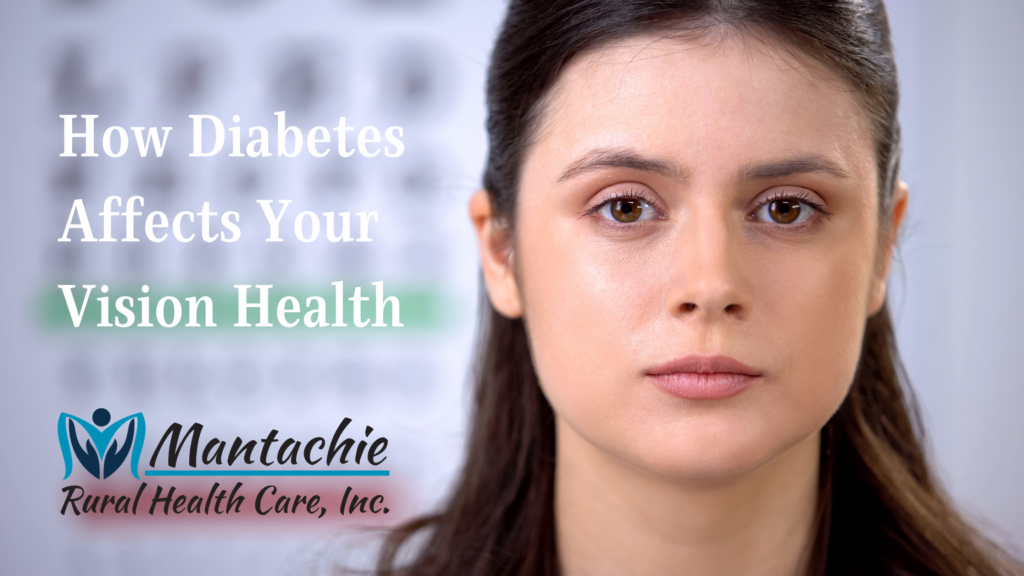
Mental health is a hot topic these days and many patients are more open about their mental health struggles than ever before. (Read about why tennis star Naomi Osaka decided to open up about her mental health here.) However, many people still find it difficult to open up about their mental health in their workplace. As understandable as this is, everyone has a right to privacy, but in some circumstances, you may benefit from discussing your mental health struggles with your boss.
How to Decide if You Should Talk with Your Boss About Your Mental Health
Deciding if you should talk with your boss about your mental health depends on your relationship with them. Do they know you well and are you comfortable discussing private matters with them? Or do you work in a company in which you rarely see your boss and you are sure they don’t know your name? Knowing who you are working for is extremely important.
If your mental health is impacting your job in any way, even if it creates a problem with a co-worker, it may be time to discuss your mental health. If you still don’t feel comfortable, you have some rights as an employee to protect yourself. Ask your mental health provider to complete an FMLA form (Family Medical Leave Act) to protect yourself in case you need to take time off for treatment. Your HR department is obligated to protect your privacy and will not disclose your medical information to anyone, including your boss. If your company has 15 or more employees, you are also protected under the Americans with Disabilities Act (ADA).
Preparing to Talk with Your Boss About Your Mental Health
If you’ve decided to talk with your boss, there are a few things you can do to prepare. Making a list of discussion topics to cover can help ease your anxiety and help your thoughts stay organized during your meeting. You should also know your rights as an employee before any discussion begins. Mental health costs employers a whopping $225.8 billion a year. Even if you don’t know your employer well it is still in their best interest, as well as yours, to listen.
Your mental health provider can also help you prepare for your meeting. They can help you decide what to share with your employer, and they can help you prepare mentally for any anxiety or stress you are feeling about the meeting.
Is your mental health impacting your job and other areas of your life? Don’t struggle alone. Talk with your mental health provider as soon as possible. The providers at our behavioral health clinic are highly experienced and caring providers who want their patients to succeed. Request an appointment today at 662-282-4226.











